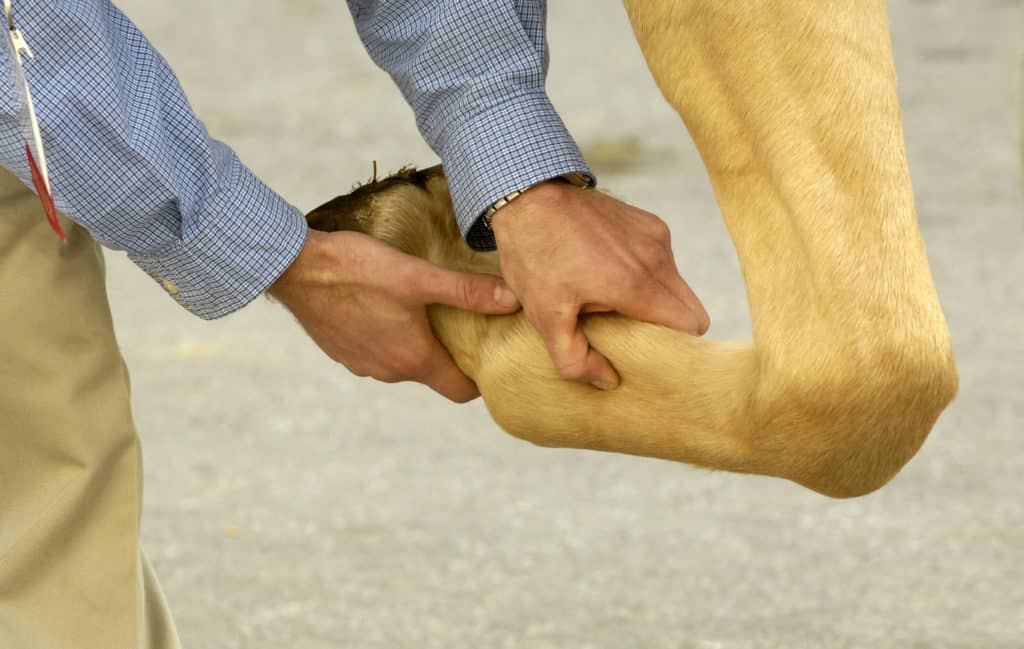
Lameness: Soft Tissue Problems in Horses (AAEP 2010)
Back problems, stem cells for tendon injury, rehabilitating after an injury, pigeon fever, and more were discussed during the Lameness/Soft Tissue session at the 2010 American Association of Equine Practitioners convention. (Interview with moderator Dr. Brad Jackman)
























